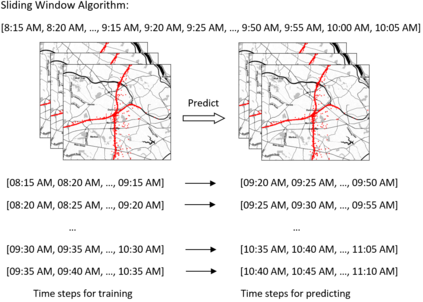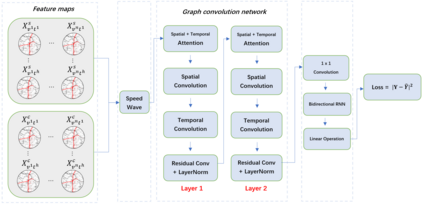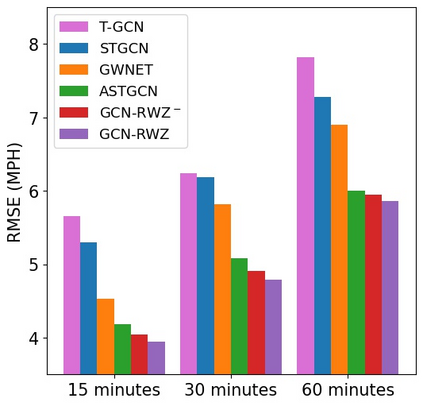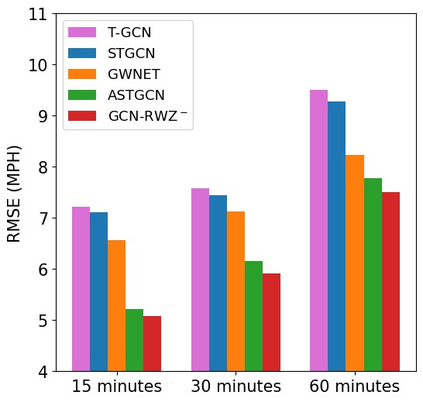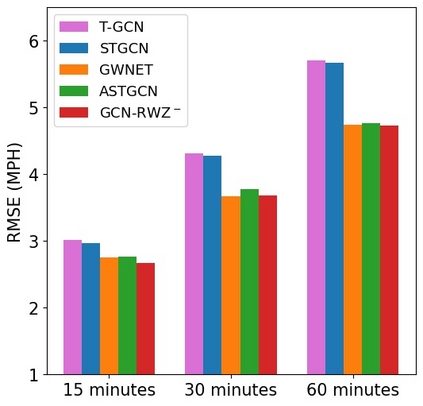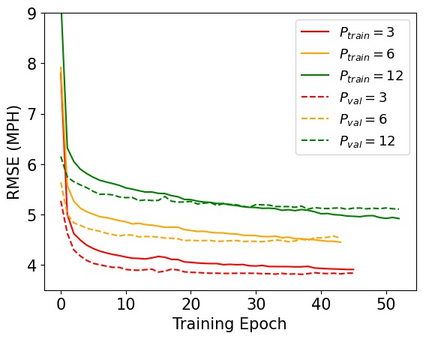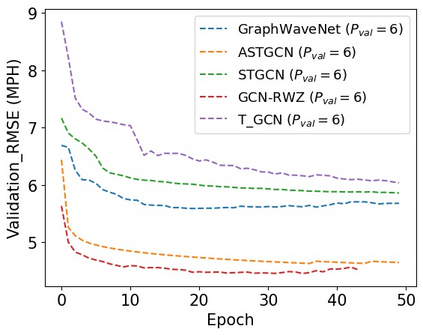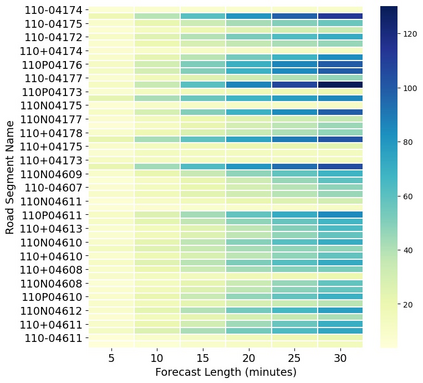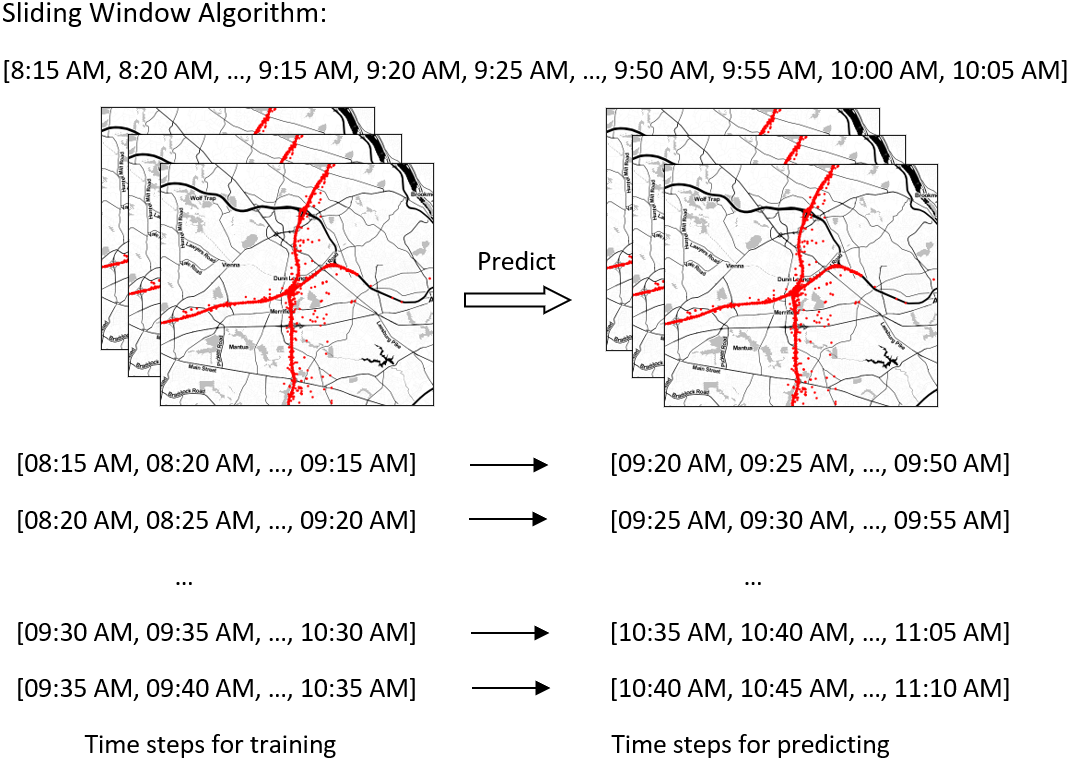Forecasting traffic flows is a central task in intelligent transportation system management. Graph structures have shown promise as a modeling framework, with recent advances in spatio-temporal modeling via graph convolution neural networks, improving the performance or extending the prediction horizon on traffic flows. However, a key shortcoming of state-of-the-art methods is their inability to take into account information of various modalities, for instance the impact of maintenance downtime on traffic flows. This is the issue we address in this paper. Specifically, we propose a novel model to predict traffic speed under the impact of construction work. The model is based on the powerful attention-based spatio-temporal graph convolution architecture but utilizes various channels to integrate different sources of information, explicitly builds spatio-temporal dependencies among traffic states, captures the relationships between heterogeneous roadway networks, and then predicts changes in traffic flow resulting from maintenance downtime events. The model is evaluated on two benchmark datasets and a novel dataset we have collected over the bustling Tyson's corner region in Northern Virginia. Extensive comparative experiments and ablation studies show that the proposed model can capture complex and nonlinear spatio-temporal relationships across a transportation corridor, outperforming baseline models.
翻译:预测交通流量是智能运输系统管理的一项核心任务。图表结构显示,作为模型框架,通过平方形神经神经网络进行时空建模最近取得了进步,从而改善了交通流量的性能或扩大了预测前景。然而,最新方法的关键缺陷是,它们无法考虑各种模式的信息,例如维护中断时间对交通流量的影响。这是我们在本文中讨论的问题。具体地说,我们提出了一个新模型,以预测建筑工程影响下的交通速度。模型基于强大的关注基础时空图同源结构,但利用各种渠道整合不同信息来源,明确建立交通各州之间的间间歇时空依赖关系,捕捉不同道路网络之间的关系,然后预测维修中断时间事件导致的交通流量变化。模型用两个基准数据集和新数据集进行评估,我们在北弗吉尼亚州Tyson的角落收集了一个新的数据集。广泛的比较实验和动态研究显示,拟议的模型能够跨越复杂的运输基线,并显示一个动态的发展关系。

